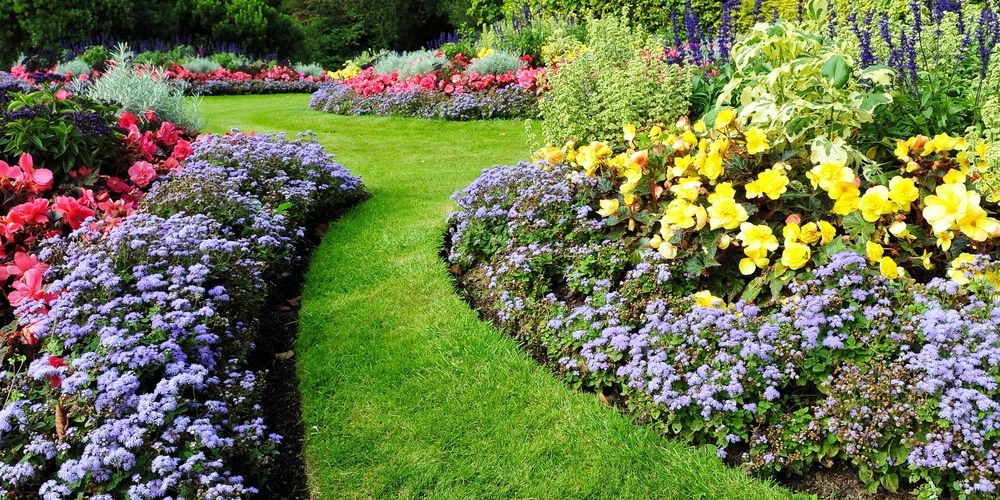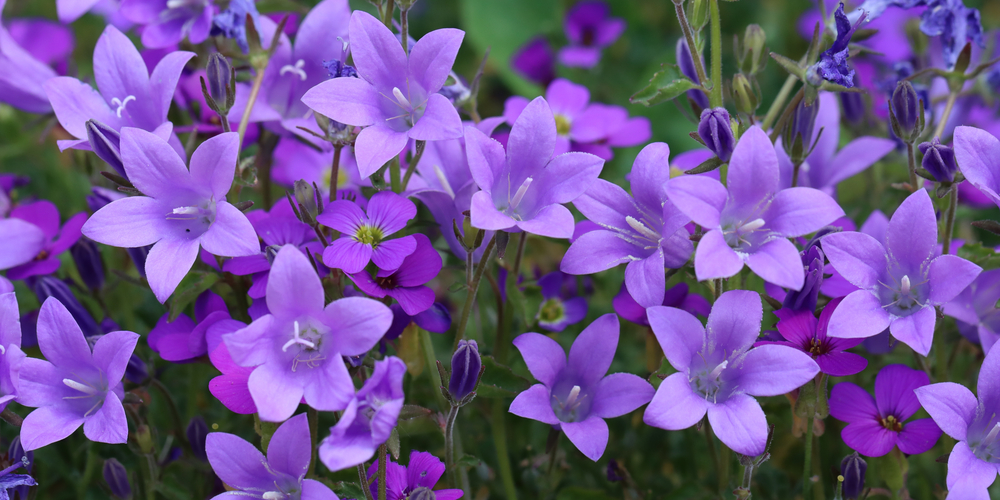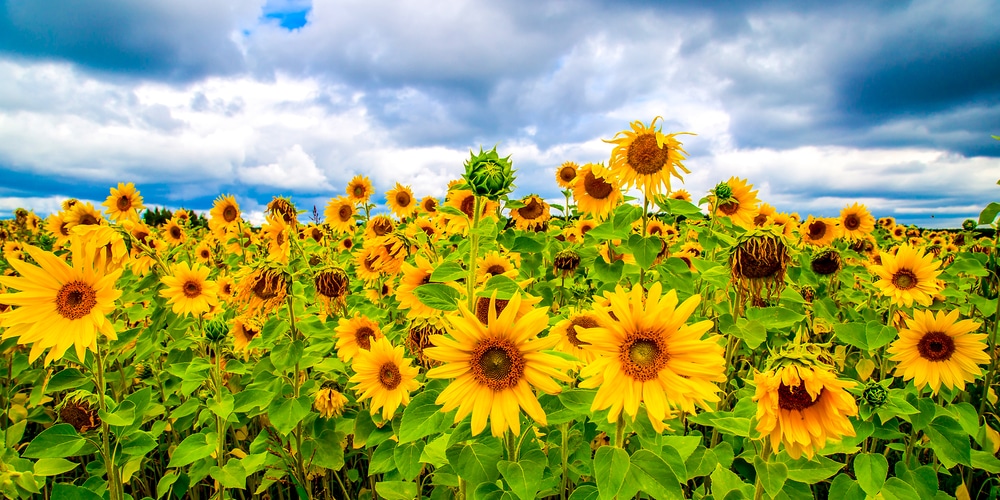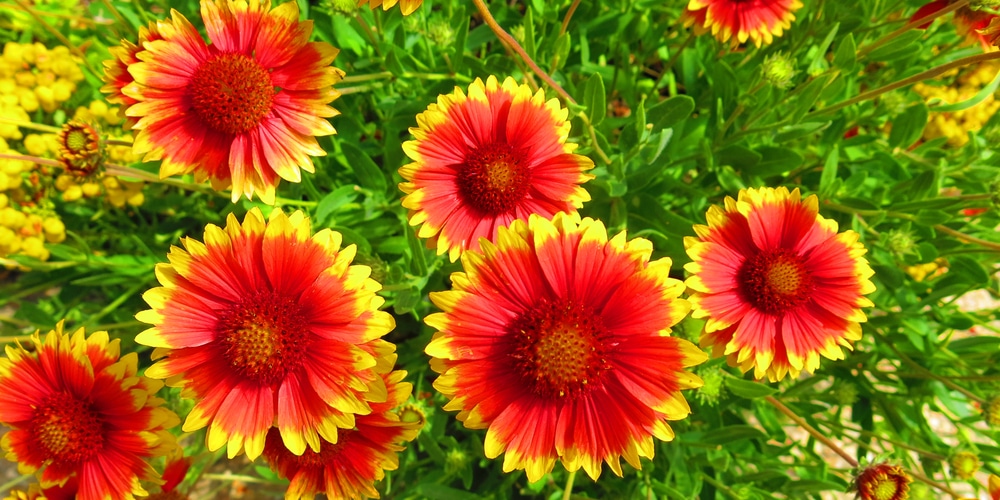Adding flowering around your garden is one of the best ways to improve the looks of your property and make your outdoor space more lively. But things are not always as easy as choosing the plant you like the most and making space for it in your yard.
Indeed, planting flowers requires you to research the species that work best in your region to make them thrive in your garden’s conditions.
Plus, you should pay attention to the appropriate time of the year to plant your flowers, which may differ depending on your region and your area’s local weather.
If you wonder when to plant flowers in Ohio, you are in the right place to get all the information you need to make the most out of your blooms. Keep reading to learn all you must know before adding flowers around your garden!
Planting Flowers in Ohio
If you live in Ohio, you probably know the weather can be challenging to predict in this state. Temperatures might change abruptly, making it hard to protect your plants and ensure they live under optimal conditions.
And it is hard to generalize because using average temperatures might be misleading. Indeed, the weather can be different from one year to the other. For this reason, we always recommend checking the local climate and making adjustments to the predictions accordingly.
With that said, the best time to plant flowers in Ohio is between late April and October. For even better results, make sure you know your USDA hardiness zone: check with the last frost dates in your region and plant your flowers after they occur.
Of course, the best time of the year to plant flowers also depends on the variety you are considering adding to your yard.
For instance, you should plant your spring bulbs in the early fall to enjoy flowers between April and June. With annuals, you should start their seeds indoors around February or March and plant them outdoors in late May, after the threat of frost.
With perennials, you can plant them any time after the last frost until a few weeks before the first one in the fall.
Our Tips to Plan Your Garden for Welcoming Blooms
Knowing when to plant your flowers in your garden is only the first step in preparing your yard to welcome new plants. Also, don’t forget that each variety might have different needs and requirements: always check them before planting them outdoors.
We always recommend planning your landscaping project to get the most out of your plants.
For instance, you must know which area of your yard receives the most sunlight during the day and which one looks shadier. This way, you can add the appropriate plants to the best location.
If you live in a windy part of the state, ensure you can protect your flowers from strong blows: they might damage your plants and stop them from blooming.
Don’t forget that Ohio typically has clay soil: you will probably have to amend it to welcome flowering plants, which usually like loose and fertile conditions. You can do so by adding manure or compost to the mixture.
Ohio includes USDA hardiness zones between 5 and 6, meaning that the plants you choose to add to your garden must be able to withstand humidity and temperatures that can get as low as -15F.
Examples of plants that thrive under such conditions include daylilies, hostas, poppies, delphinium, and blanket flowers. But don’t be afraid to investigate to find other plants.
Maintaining your Garden
Lastly, when growing flowers in Ohio, you should also ensure your garden receives the maintenance it needs to create optimal conditions for your plants’ growth.
For instance, you must take actions to keep weeds at bay, fertilize your yard if necessary, and provide your flowers with all they need to thrive.
Don’t forget to prune plants and trees you may have in your yard. Doing so will enhance flowers production the following season and allow sunlight to hit your blooms.
Before applying any fertilizer, ensure you test your soil to check its nutrient levels: too much of a good thing can cause more harm than good!
Overfertilizing the ground might be counterproductive and might burn your plants. Always follow the instructions on the product’s label to avoid overdoing it!
Related Article: When to Plant Strawberries in Ohio



